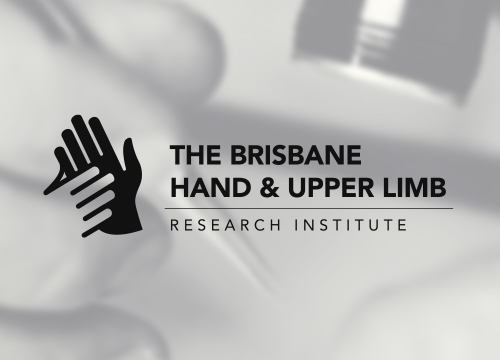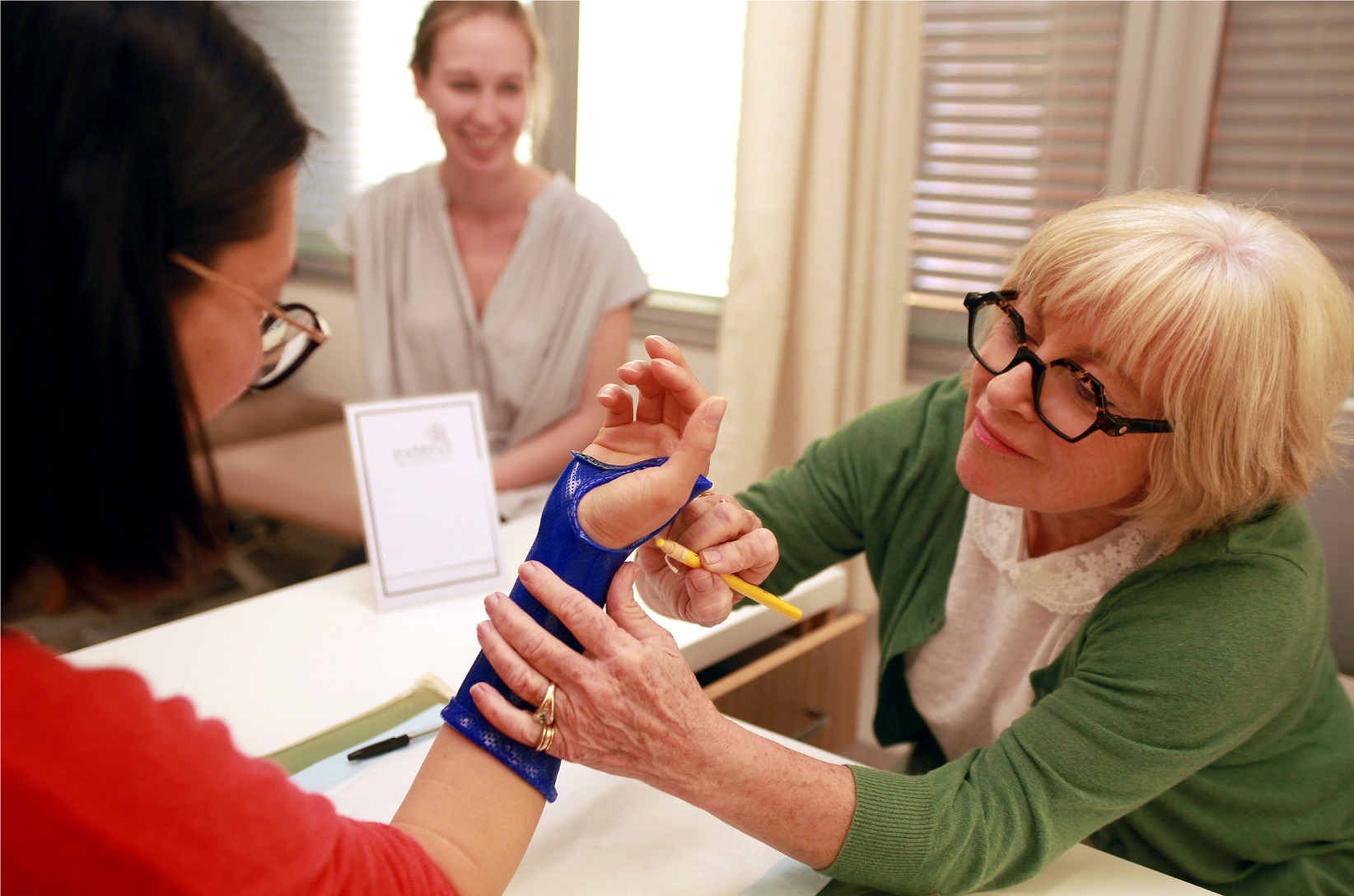Ross M, Loveridge J, Cutbush K, Couzens GB.
Journal of Wrist Surgery 2013; 2(2): 110-115.
DOI: 10.1055/s-0033-1341962
Background: Scapholunate reconstruction poses a challenge to orthopedic surgeons.
Description of Technique: Our technique for scapholunate (SL) reconstruction involves ligament reconstruction utilizing a portion of the flexor carpi radialis tendon rerouted via transosseous tunnels across the scaphoid, lunate, and triquetrum (scapholunotriquetral tenodesis). The tendon graft is secured with interference screw fixation into the triquetrum. The philosophy of this new technique is to reduce subluxation and maintain the relationship between scaphoid and lunate by placing a graft through the center of the SL articulation. This graft is then tensioned by passing it centrally through the lunate and triquetrum and secured using an interference screw in the triquetrum. Secondary stabilizers, including the dorsal intercarpal ligament, are then augmented by passing the graft back to the scaphoid, crossing from the triquetrum over the proximal capitate. This further reinforces the translational relationship between the scaphoid and the triquetrumand, therefore, augments stability of the SL articulation.
Results: We have utilized this technique successfully in over 40 patients since 2009. We report on a prospective consecutive series of 11 patients with over 12months follow-up (range 12 to 24 months) demonstrating good early radiological and clinical outcomes. Conclusions In developing this technique, we aimed to take the best features of previously described techniques and address the perceived shortcomings of each. We believe there are several benefits of our technique. Moreover, few other techniques address as many of the aspects of chronic SL instability as our technique does.




